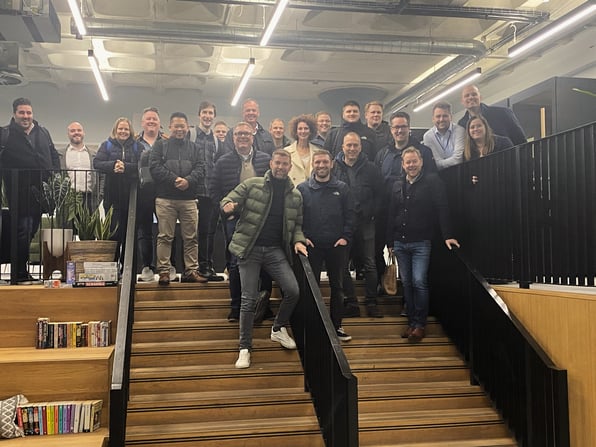Cyber security is how organisations, like yours, protect their IT infrastructure from cyber-attacks.
What is Cyber Security? Types and Threats Explained
Cyber security is defined as using applications of technologies, processes and controls to help protect systems, networks, programs, devices and data from cyber-attacks or threats.
Cyber security is a term that has become synonymous with IT security and information security.
Here's why your business needs cyber security:
Why is cyber security important?
At Bluecube we understand that the thought of unplanned downtime, information disclosure, and monetary losses are enough to make your hair stand on end. Unfortunately, these are all potential risks when your IT is not closely guarded by highly trained professionals - and by that, we mean protected and monitored by an expert cyber security company.
Implementing cyber security protections is essential for businesses of all sizes, and not just reserved for the likes of the BBC or Twitter.
If you’re a growing business in the UK, safeguarding against cyber threats online is imperative. Having the right cyber security features in place ensures your operations continue uninterrupted with no issues or challenges you haven’t planned for.
With a cyber security company, you shouldn’t have to think about your IT security. The relationship needs to be based on reliability and trust, so that you can focus on other areas of your business with the peace of mind that all work-related devices and your IT systems are protected.
The last thing you want is to be interrupted when you’re leaving the office because of an issue with IT.
A professional cyber security service lets you go home, put your feet up, and enjoy your evening, rather than running around fixing an IT problem.







